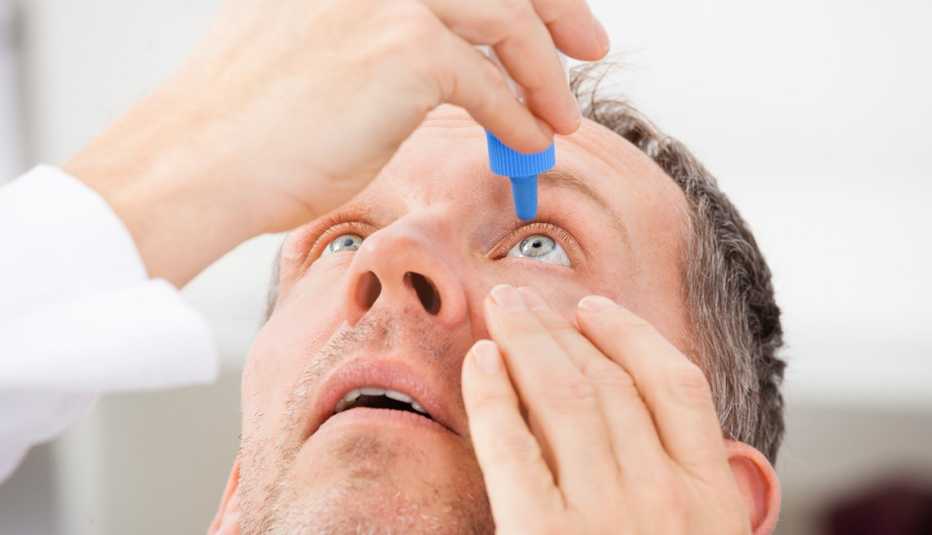Staying Fit


| You know that saying, "There wasn't a dry eye in the house"? These days, it's more likely that nearly every eye was dry — and gritty, painful, irritated and red.
In fact, arid eyeballs have become so prevalent, experts say it's the No. 1 reason people go to see an eye doctor.


AARP Membership— $12 for your first year when you sign up for Automatic Renewal
Get instant access to members-only products and hundreds of discounts, a free second membership, and a subscription to AARP the Magazine.
That's not too surprising, considering an estimated 20 million to 30 million Americans suffer from mild dry eyes and 9 million to 12 million have a moderate to severe case. Among those over age 50, dry eyes afflict more than 5 million, including up to 25 percent of those over 65.
"In patients over 50, dry eye is the most prevalent — and under-recognized and undertreated — condition out there," says Alan Carlson, M.D., professor of ophthalmology at Duke University School of Medicine. "Virtually everyone over 55 has some degree of dryness."
Had your hearing tested recently? Free for AARP Members for a limited time
While artificial tears can provide some relief — one of the reasons sales of the over-the-counter eye drops are a whopping $3.8 billion annually — it's important to address the underlying causes. Left untreated, dry eye, according to Carlson, can lead to permanent changes to the structure and function of the eye.
Not sure what's causing dry eye? Here are five surprising culprits.
Mites. Microscopic bugs clinging to your eyelashes might sound like something out of a horror movie, but the critters are real — and a real cause of dry eye.
Demodex mites are commonly found on the face and eyelids, and their numbers increase as we age. They burrow into the meibomian glands in the eyelids to feed on sebum, the oily secretion that lubricates the eyes. Robbing the eyes of sebum can lead to dry eye. In one study, 84 percent of those over age 60 and 100 percent of those over 70 had demodex mites.
Those with the skin disorder rosacea also tend to have 15 to 18 times more mites than healthier patients.
Still, the mites are controversial: Carlson believes their prevalence has been "overstated," and notes that cases in his practice are rare.


































































More From AARP